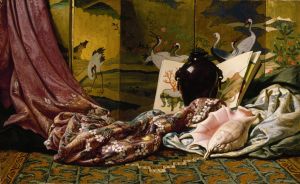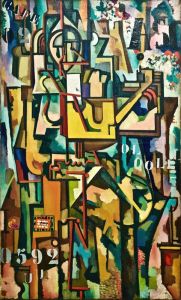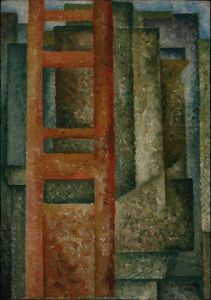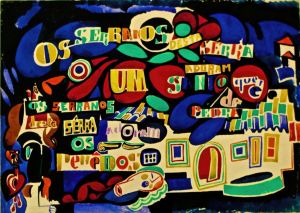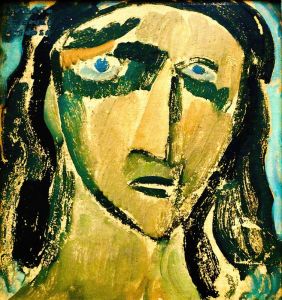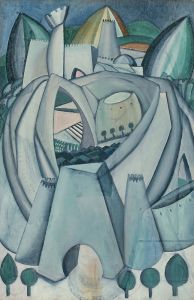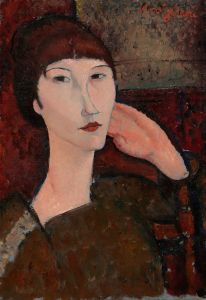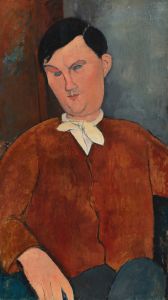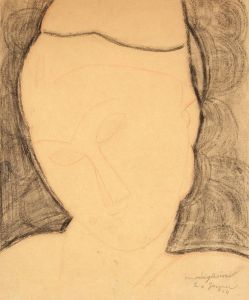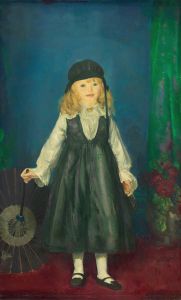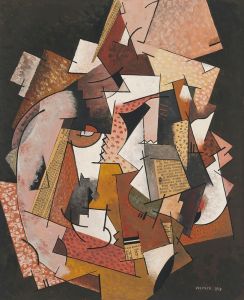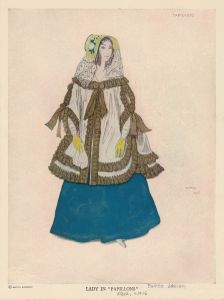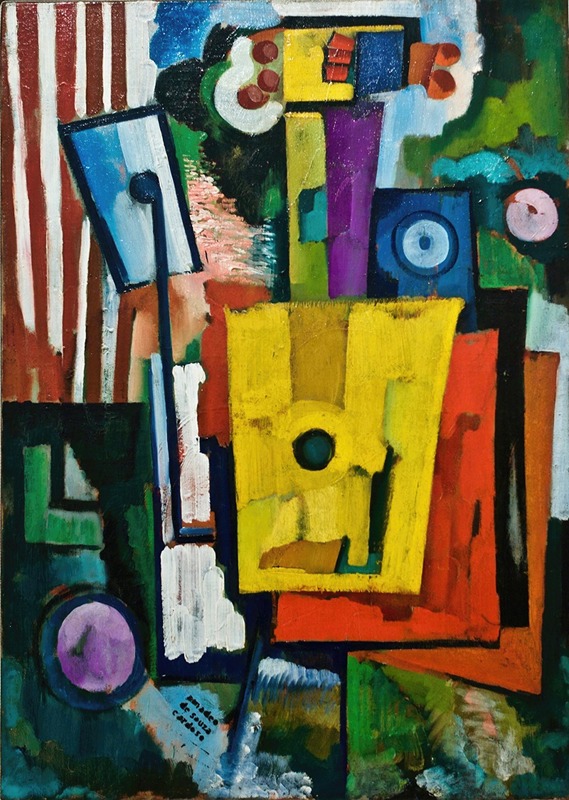
Instrument’s Life
A hand-painted replica of Amadeo de Souza-Cardoso’s masterpiece Instrument’s Life, meticulously crafted by professional artists to capture the true essence of the original. Each piece is created with museum-quality canvas and rare mineral pigments, carefully painted by experienced artists with delicate brushstrokes and rich, layered colors to perfectly recreate the texture of the original artwork. Unlike machine-printed reproductions, this hand-painted version brings the painting to life, infused with the artist’s emotions and skill in every stroke. Whether for personal collection or home decoration, it instantly elevates the artistic atmosphere of any space.
Amadeo de Souza-Cardoso was a Portuguese painter who played a significant role in the early 20th-century modernist movement. Born in 1887 in Mancelos, Amarante, Portugal, Souza-Cardoso initially studied architecture in Lisbon before moving to Paris in 1906, where he shifted his focus to painting. In Paris, he was exposed to a vibrant artistic community and was influenced by various avant-garde movements, including Cubism, Futurism, and Expressionism. His work is characterized by a dynamic use of color and form, often blending different styles and techniques.
"Instrument’s Life" is one of Souza-Cardoso's notable works, though specific details about the painting, such as its creation date or current location, are not widely documented. The painting exemplifies Souza-Cardoso's innovative approach to art, showcasing his ability to synthesize elements from different artistic movements into a cohesive and unique style. His work often features bold colors and abstract forms, reflecting the influence of Cubism and Futurism, which he encountered during his time in Paris.
Souza-Cardoso was part of a circle of influential artists and intellectuals in Paris, including Amedeo Modigliani, Constantin Brâncuși, and Sonia and Robert Delaunay. This exposure to a diverse range of artistic ideas and practices significantly shaped his artistic development. His work was exhibited alongside other prominent artists of the time, and he participated in several important exhibitions, including the Armory Show in New York in 1913, which was a pivotal event in introducing modern art to an American audience.
Despite his promising career, Souza-Cardoso's life was tragically cut short when he died of the Spanish flu in 1918 at the age of 30. His early death meant that his work did not receive the same level of recognition as some of his contemporaries during his lifetime. However, his contributions to modern art have been increasingly acknowledged in recent years, with exhibitions and retrospectives dedicated to his work.
"Instrument’s Life," like many of Souza-Cardoso's paintings, reflects his interest in exploring the dynamic interplay between form and color. His work often blurs the boundaries between abstraction and representation, inviting viewers to engage with the painting on both an emotional and intellectual level. The title itself suggests a focus on the vitality and energy of musical instruments, possibly hinting at the influence of Futurism, which celebrated movement and dynamism.
Souza-Cardoso's legacy is that of a pioneering artist who was ahead of his time, blending various artistic influences to create a distinctive and innovative body of work. His paintings continue to be studied and appreciated for their bold experimentation and unique vision, securing his place in the history of modern art. While specific details about "Instrument’s Life" remain limited, the painting is a testament to Souza-Cardoso's artistic talent and his contribution to the development of modernist art in the early 20th century.





